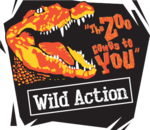
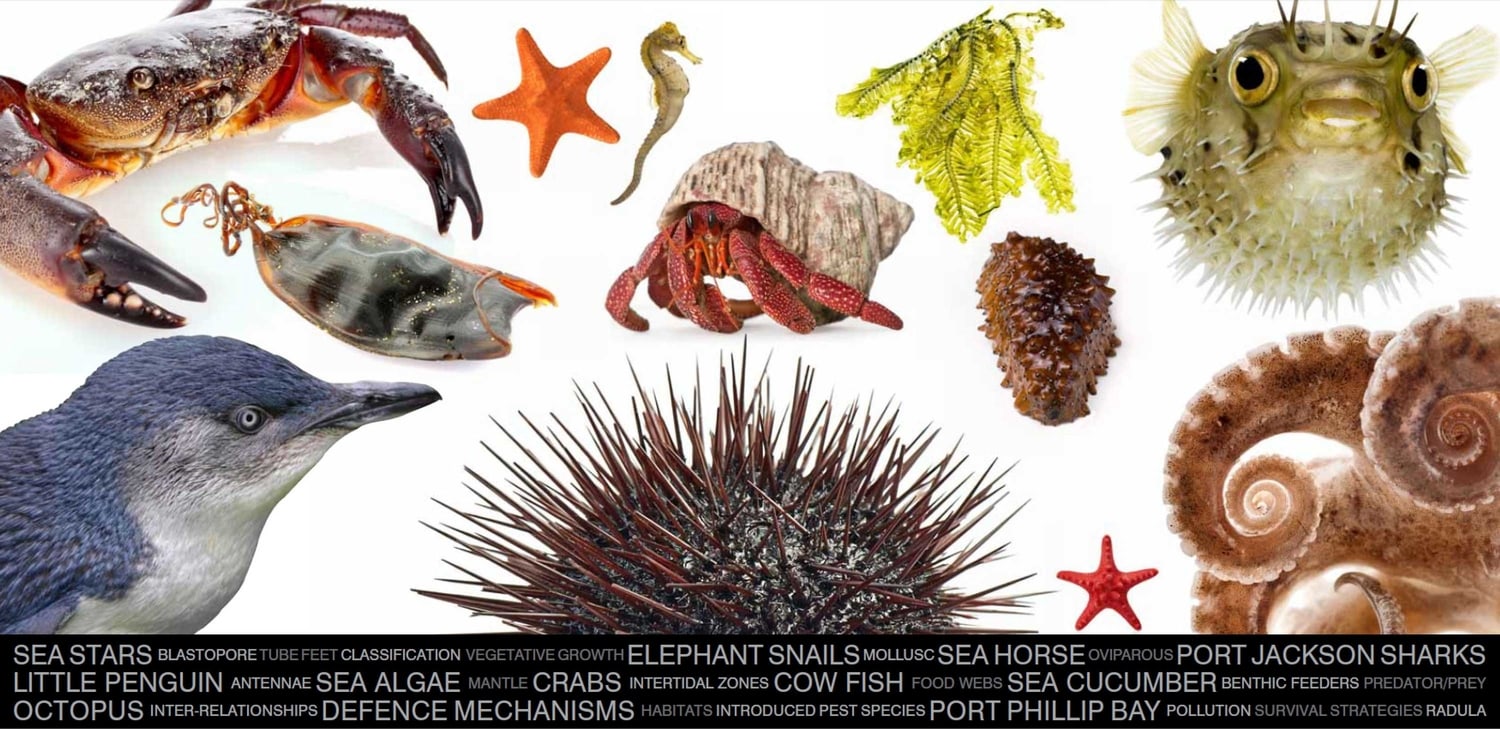
In this one-hour interactive workshop your Students will be introduced to the amazing ecosystems and inhabitants of Port Phillip Bay.
Discover what an Intertidal Zone is, and learn about the various species which live in this biodiverse rich environment.
We’ll also discuss the important role that each and every species plays in this fragile ecosystem, and the impact mankind has on Port Phillip Bay and our Oceans
An absolute maximum of thirty children may participate in this program. We pride ourselves on a quality, engaging experience. Animal welfare is paramount to us. Multiple sessions for more than 30 children can be arranged on the same day if required.
Students will learn about concepts such as:
ECHINODERMS, Sea stars, sea urchins, sea cucumbers FISH sea horse, puffer fish, Port Jackson shark + egg case CRUSTACEANS spider crabs, shore crab MOLLUSCS elephant snail, octopus (seasonal) + more!
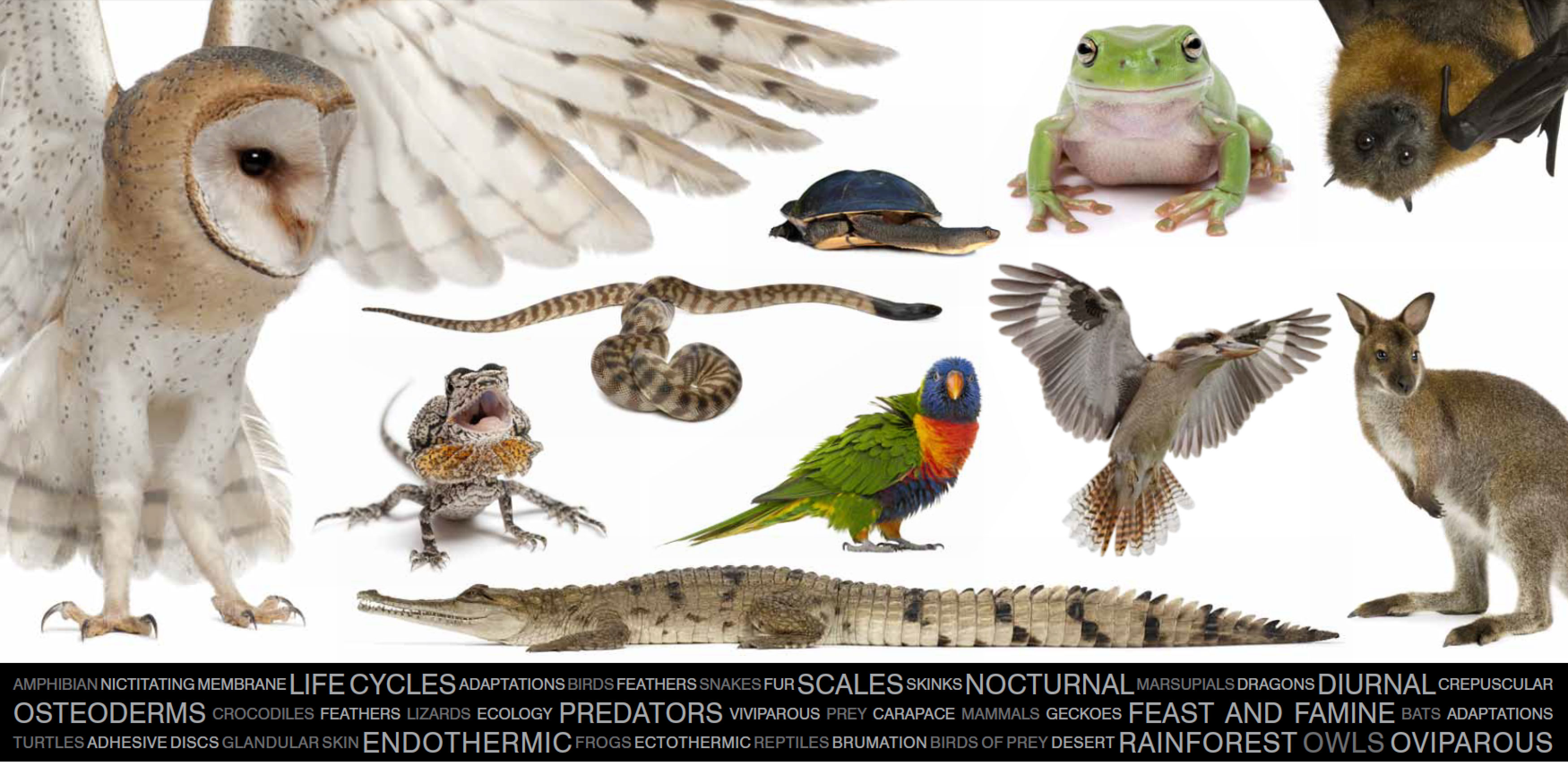
In this one-hour interactive workshop Students of all ages will be introduced to the amazing World of Australian Animals!
Australia certainly has some very unique, weird and wonderful creatures!
We’ll also discuss the important role that each and every species plays in our fragile ecosystems, and the impact mankind has had on their populations.
An absolute maximum of thirty children may participate in this program. We pride ourselves on a quality, engaging experience. Animal welfare is paramount to us. Multiple sessions for more than 30 children can be arranged on the same day if required.
REPTILES, skink, monitor, gecko, fresh water turtle, python snake (non-venomous), crocodile AMPHIBIANS frog species BIRDS owl + others MAMMALS a selection of joey kangaroo, potoroo, bettong, flying fox, gliding possum or ringtail possum.
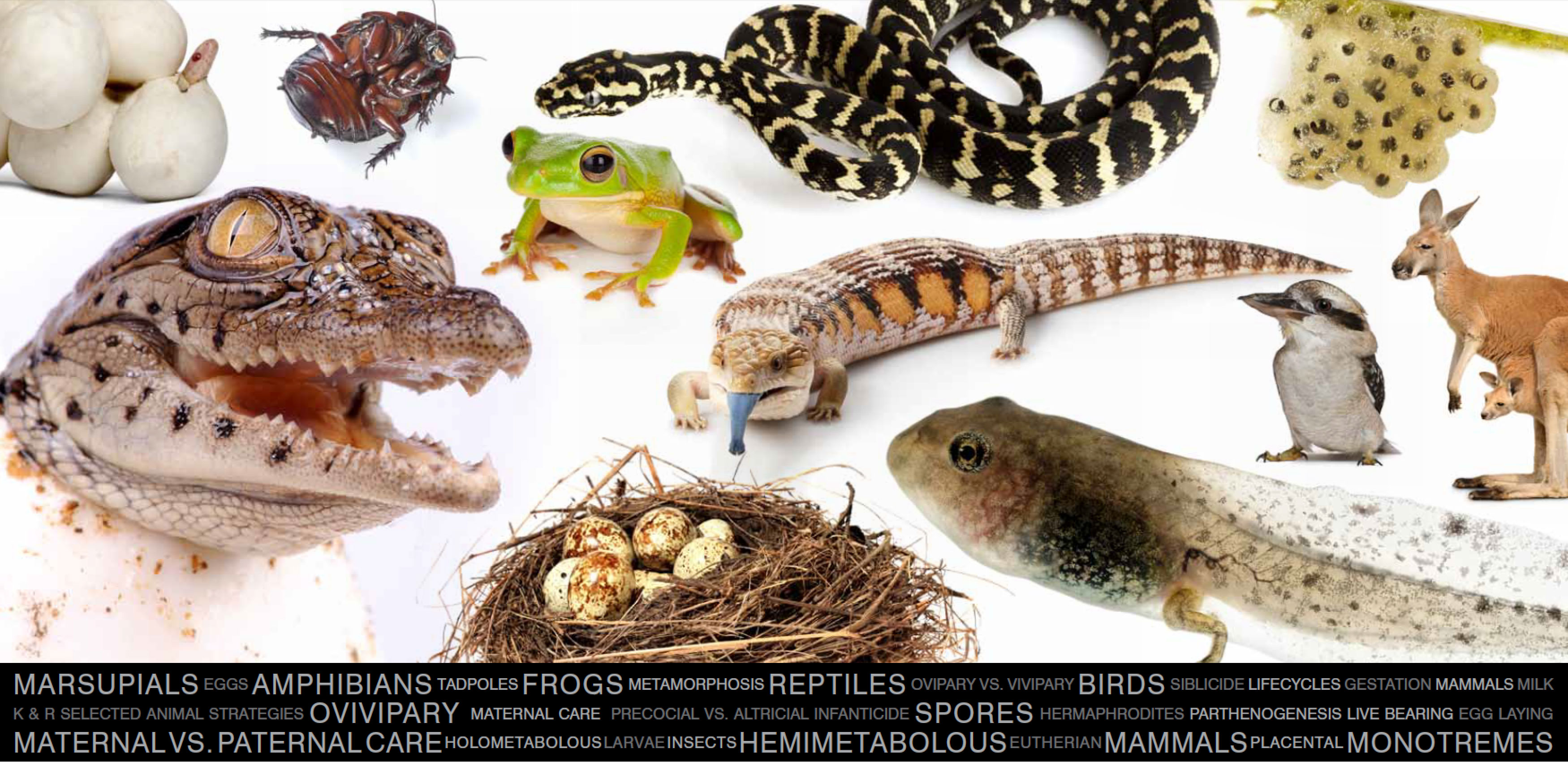
In this one-hour interactive workshop your Students will be introduced to some fascinating life cycles of various taxa, and the diverse ways species reproduce.
Learn about the behaviour of many species which enhances their reproductive success.
An absolute maximum of thirty children may participate in this program. We pride ourselves on a quality, engaging experience. Animal welfare is paramount to us. Multiple sessions for more than 30 children can be arranged on the same day if required.
Students will learn about concepts such as:
Kangaroo joey, grey headed flying fox, , echidna, frog species, diamond python, shingle back skink, tree goanna, mountain pygmy possum, tawny frogmouth, giant burrowing cockroach, rhinoceros beetle, salt water crocodile, sea stars + more!
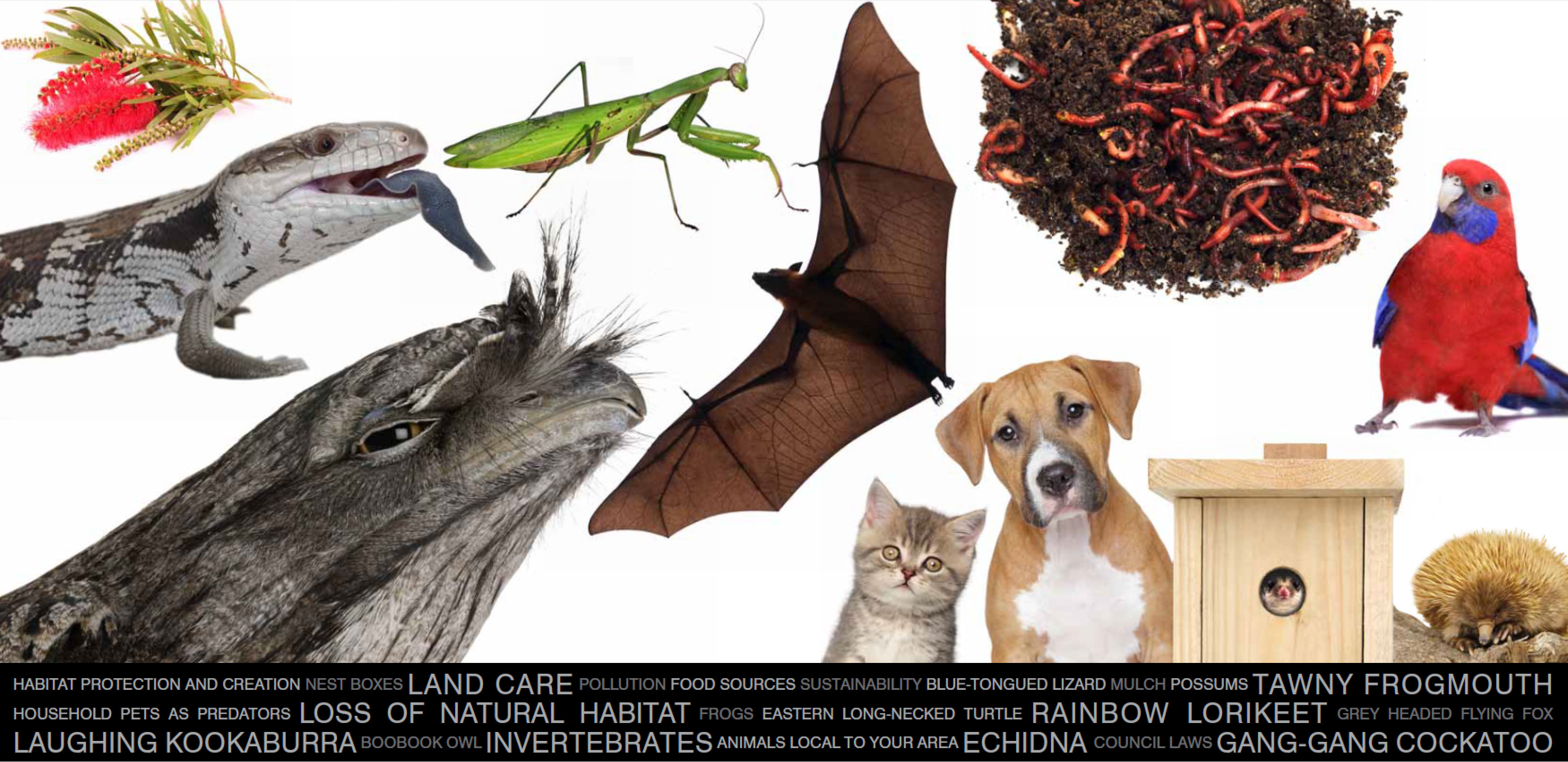
In this one-hour interactive workshop Students of all ages will be introduced to the animal’s which call Melbourne and your local area…home!
The environs of Melbourne are complex and diverse. Be amazed by the indigenous wildlife that inhabit the various ecosystems on Melbourne’s doorstep. #Wild Action can change focus and species list depending on your location.
We’ll also discuss the important role that each and every species plays in our fragile ecosystems, and the impact mankind has had on them.
An absolute maximum of thirty children may participate in this program. We pride ourselves on a quality, engaging experience. Animal welfare is paramount to us. Multiple sessions for more than 30 children can be arranged on the same day if required.
What live animals should you expect to visit your classroom?
#dependant on site locality.
Kangaroo joey, ringtail possum, worms, millipedes, tree goanna, tawny frogmouth, owl species, echidna, fresh water turtle, Eastern blue tongued lizard, grey headed flying fox, snake species, marine species of Port Phillip Bay + more!
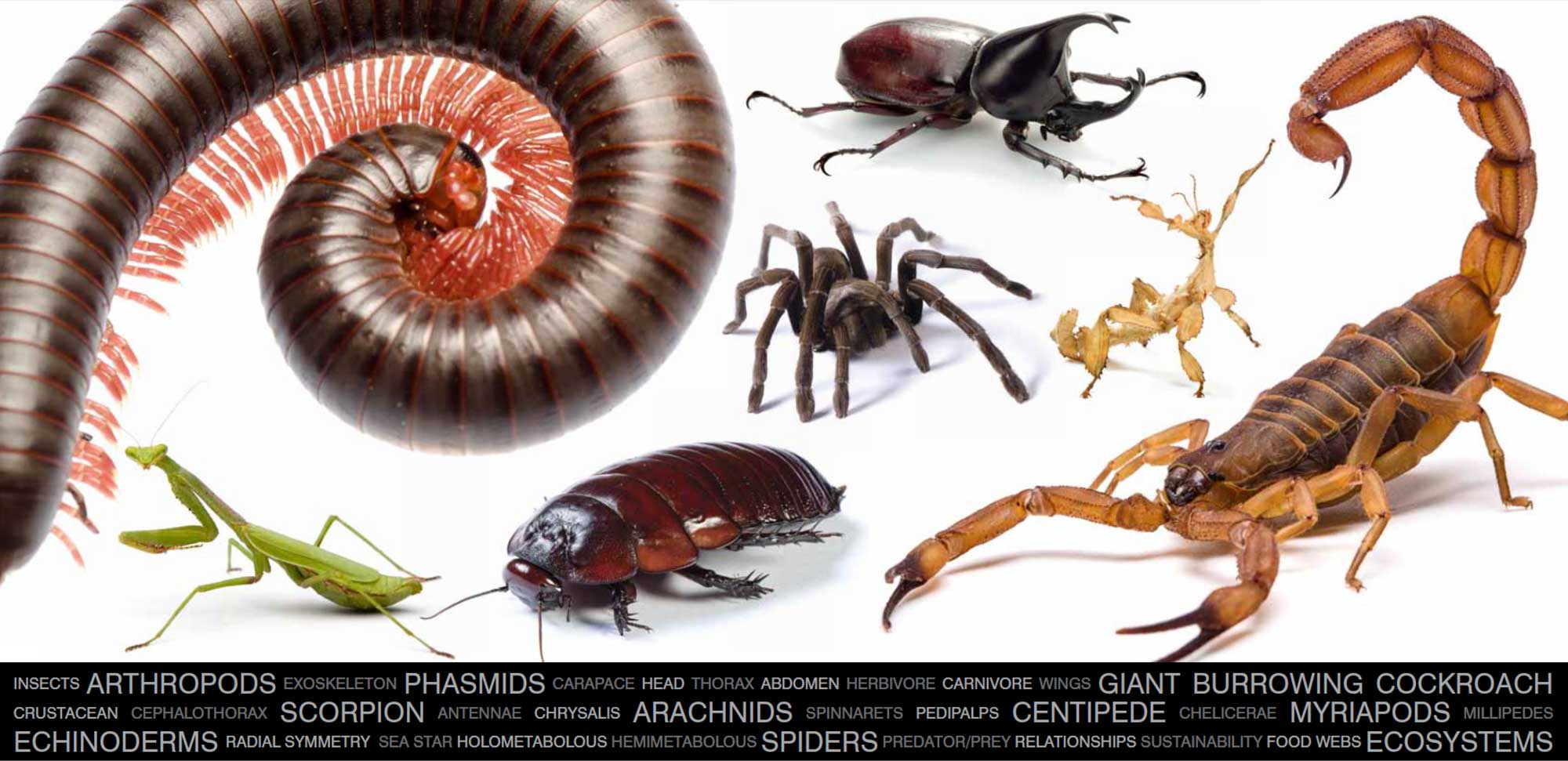
In this one-hour interactive workshop Students of all ages will be introduced to the animal’s which call Melbourne and your local area home!
The suburbs of Melbourne
We’ll also discuss the important role that each and every species plays in our fragile ecosystems, and the impact mankind has had on their populations.
An absolute maximum of thirty children may participate in this program. We pride ourselves on a quality, engaging experience. Animal welfare is paramount to us. Multiple sessions for more than 30 children can be arranged on the same day if required.
A huge selection of live INSECTS, MYRIAPODS, ARACHNIDS, ANNELIDS, CRUSTACEANS, ECHINODERMS + 2 predators. (seasonal variety dictates).
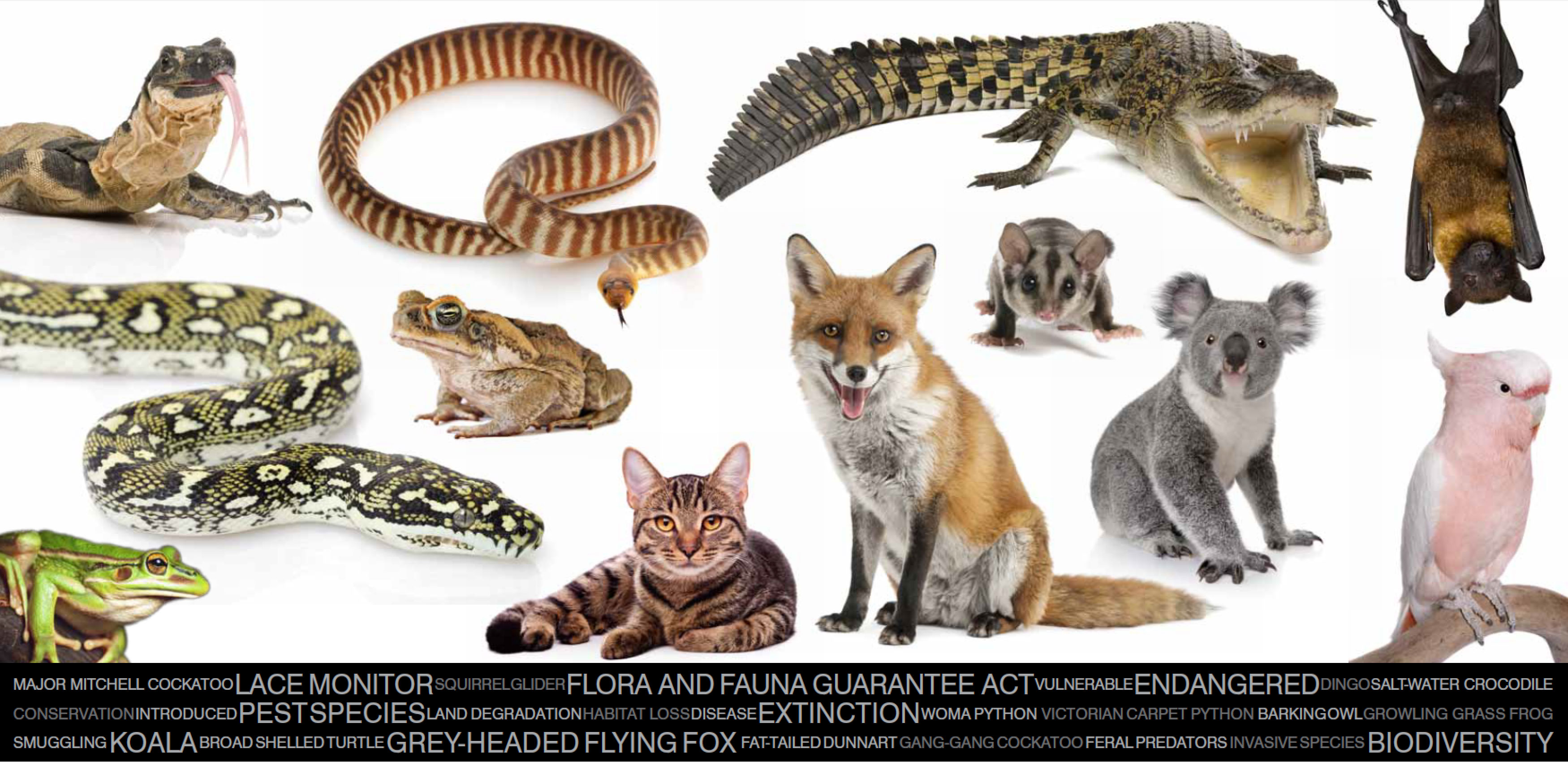
In this one-hour interactive workshop your Students will be introduced to a variety of threatened and endangered species.
Learn about the pressures each animal faces, and discover the important niche that animals fill in Australia’s fragile landscape.
An absolute maximum of thirty children may participate in this program. We pride ourselves on a quality, engaging experience. Animal welfare is paramount to us. Multiple sessions for more than 30 children can be arranged on the same day if required.
Students will learn about concepts such as:
Southern koala, critically endangered mountain pygmy possum, lace monitor, growling grass frog, barking owl, long nosed potoroo, grey headed flying fox, woma python, diamond python, saltwater crocodile, frilled lizard
